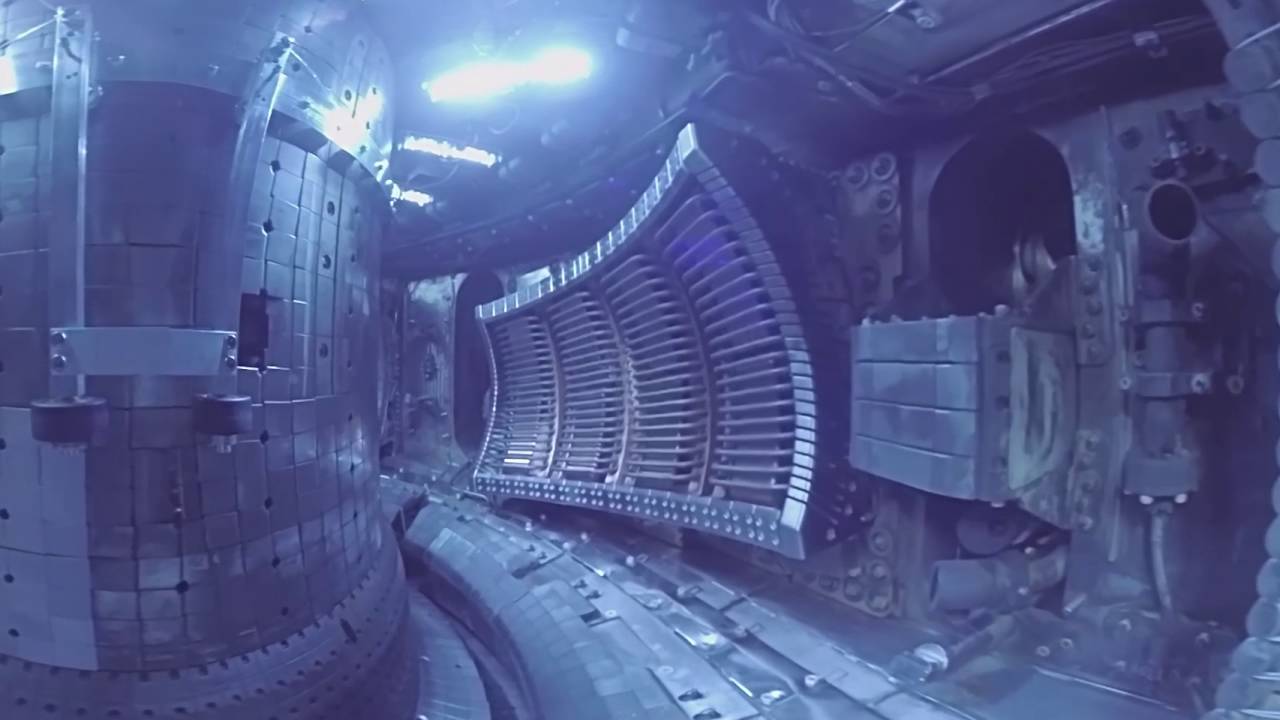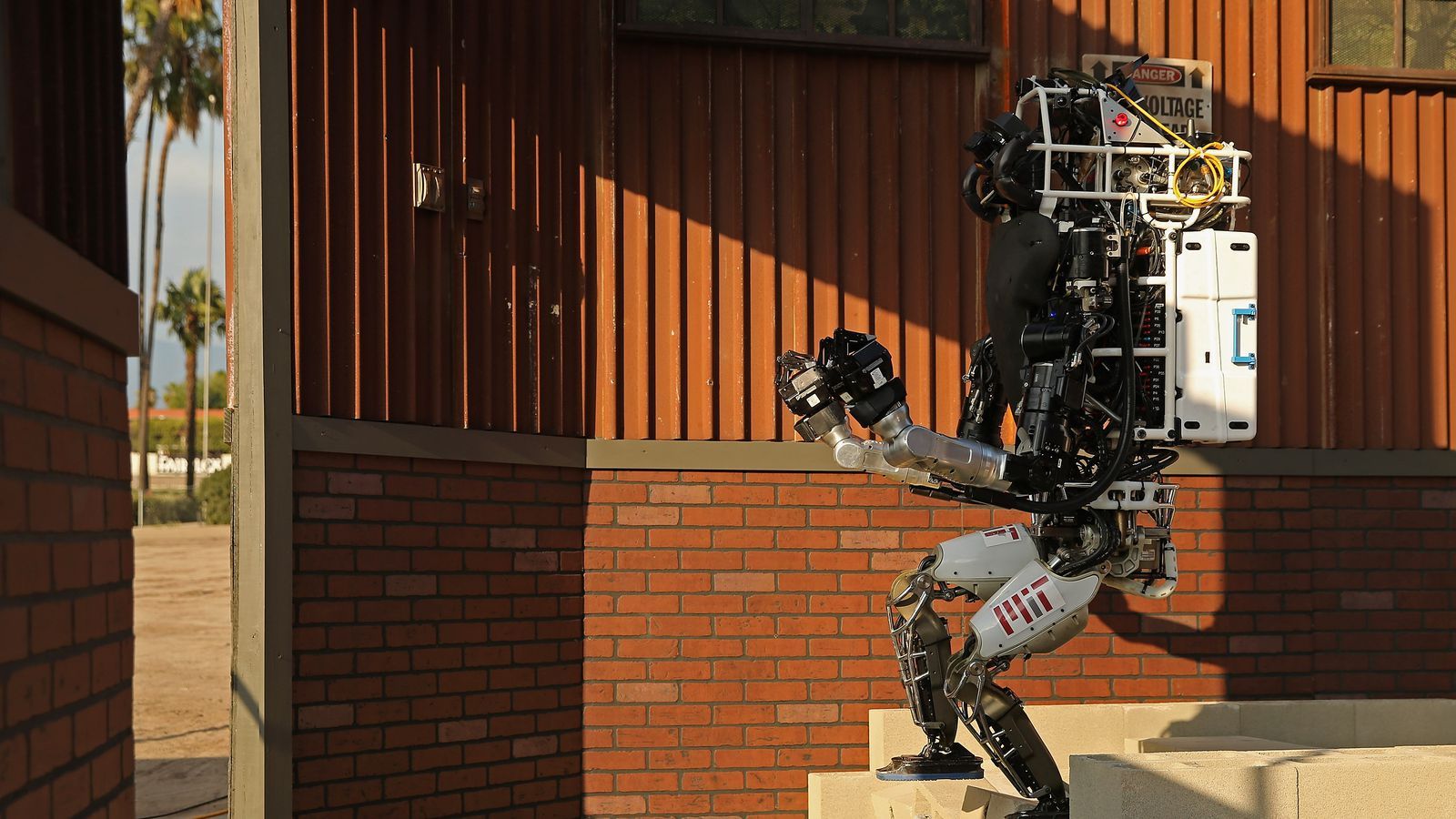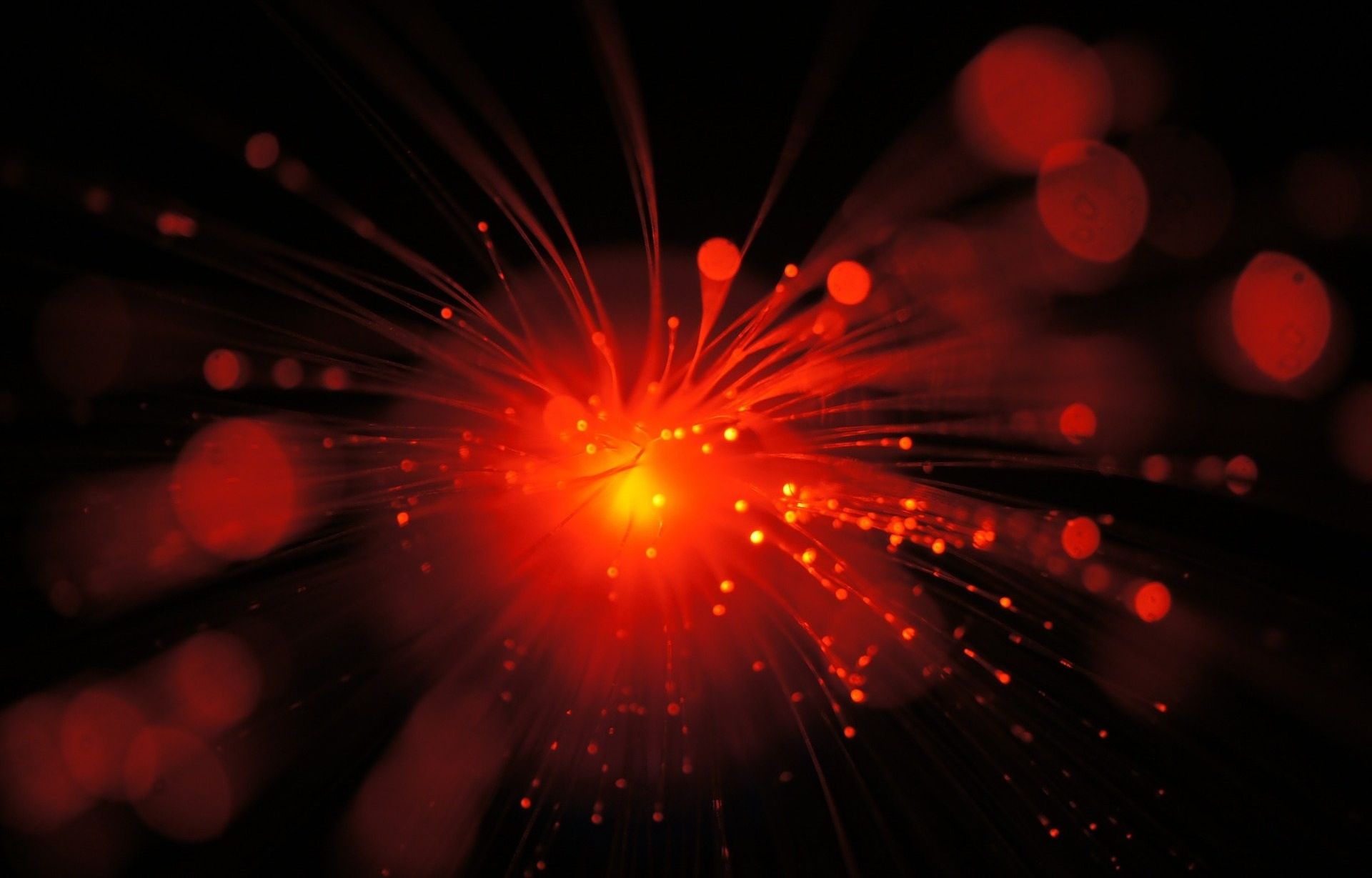Page 10755
Oct 30, 2016
Quantum Liquid on Bismuth Crystal Could Lead to Faster Electronics
Posted by Karen Hurst in categories: computing, quantum physics
Luv this!
In Brief:
- Researchers have demonstrated how electrons travel on different elliptical paths by using a quantum crystal kept at low temperatures.
- The discovery could lead to a new class of microchips far beyond the capabilities of today’s silicon chips.
New developments from Princeton University and the University of Texas-Austin have revealed odd behavior in electrons that could lay the foundation for a new generation of faster microchips, according to a study published in Science.
Continue reading “Quantum Liquid on Bismuth Crystal Could Lead to Faster Electronics” »
Oct 30, 2016
Soon fixing your robot will be as easy as fixing your car
Posted by Karen Hurst in categories: 4D printing, robotics/AI, transportation
Soon, we see Legos that self assemble from 4D printers, printers that can recycle robots & devices and produce a more improved robot and/ or devices. The days of manually working on equipment, autos, etc. will be gone except for the eccentric hobbyist.
Open-source hardware could democratize the future of robots.
Oct 30, 2016
4 Trivia Questions about the Early Days of the Internet
Posted by Karen Hurst in categories: innovation, internet
I remember working on data transfer and experimental apps on the NET in 1990 to 1995. And, did it ever change during just those 5 years. I cannot even imagine 1969.
On October 29th, 1969, the internet got its start when the first host-to-host connection was made between UCLA and the Stanford Research Institute. See how much you know about the invention that would change the world with some trivia questions…
Oct 30, 2016
German Students Develop Improved 3D Printable Bio-Ink
Posted by Karen Hurst in categories: 3D printing, bioprinting, biotech/medical, chemistry
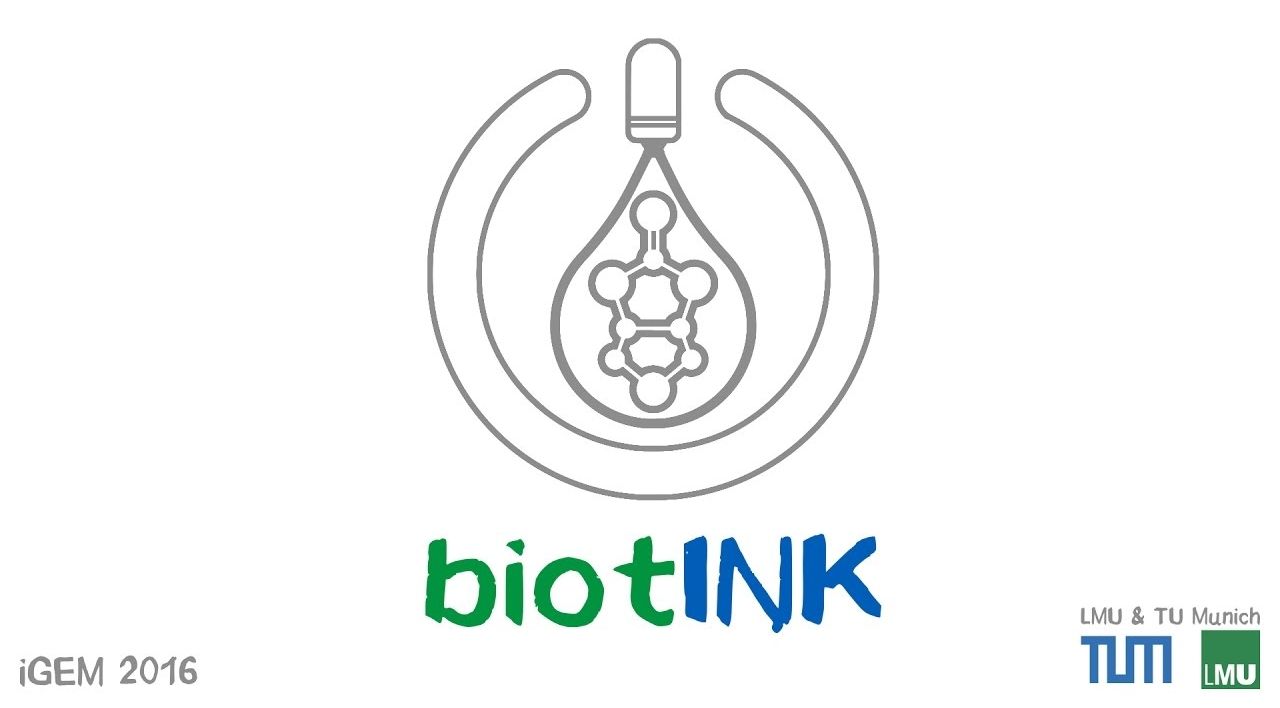
Bioprinting is becoming more sophisticated daily. Students from Munich, Germany, hacked an Ultimaker 2+ to 3D print biomaterials even more efficient. Without a doubt, the yearly iGEM challenge is one of the yearly highlights for students in the field of biology, biochemistry, and biotechnology.
Oct 30, 2016
Quantum Teleportation Across The Dark Web
Posted by Karen Hurst in categories: encryption, internet, quantum physics
Get Ready Folks! Imagine a QC DarkNet as it will too come.
Quantum teleportation brings to mind Star Trek’s transporter, where crew members are disassembled in one location to be reassembled in another. Real quantum teleportation is a much more subtle effect where information is transferred between entangled quantum states. It’s a quantum trick that could give us the ultimate in secure communication. While quantum teleportation experiments have been performed countless times in the lab, doing it in the real world has proved a bit more challenging. But a recent experiment using a dark fibre portion of the internet has brought quantum teleportation one step closer to real world applications.
The backbone of the internet is a network of optical fibre. Everything from your bank transactions to pictures of your cat travel as beams of light through this fibre network. However there is much more fibre that has been laid than is currently used. This unused portion of the network is known as dark fibre. Other than not being currently used, the dark fiber network has the same properties as the web we currently use. This new experiment used a bit of this dark web in Calgary to teleport a photon state under real world conditions.
Continue reading “Quantum Teleportation Across The Dark Web” »
Oct 30, 2016
Inside the Quest for a Real ‘Star Trek’ Warp Drive
Posted by Andreas Matt in categories: physics, space travel
It may be a while before starship captains can race across the galaxy, but engineers and physicists have a few ideas for making it so.
Oct 30, 2016
Neurons from stem cells replace damaged neurons, precisely rewiring into the brain
Posted by Sean Brazell in categories: biotech/medical, robotics/AI
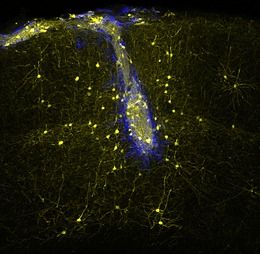
Embryonic neural stem cells transplanted into damaged areas of the visual cortex of adult mice were able to differentiate into pyramidal cells — forming normal synaptic connections, responding to visual stimuli, and integrating into neural networks — researchers at LMU Munich, the Max Planck Institute for Neurobiology in Martinsried and the Helmholtz Zentrum München have demonstrated.
The adult human brain has very little ability to compensate for nerve-cell loss, so biomedical researchers and clinicians are exploring the possibility of using transplanted nerve cells to replace neurons that have been irreparably damaged as a result of trauma or disease, leading to a lifelong neurological deficit.
Oct 30, 2016
Get Ready for Magic Leap: New Patent Brings VR Device One Step Closer to Reality
Posted by Elmar Arunov in categories: augmented reality, military, neuroscience, virtual reality
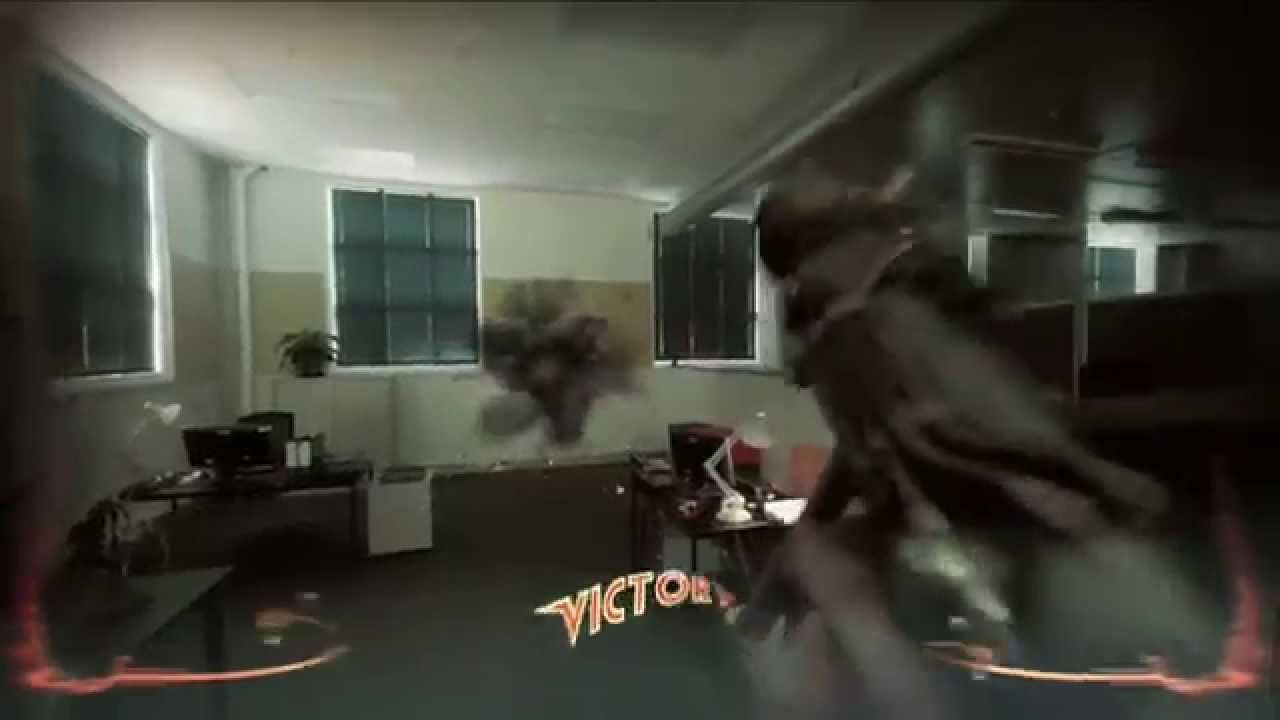
In Brief:
- Now with just under $800 million in funding, Florida startup Magic Leap has applied for a patent for its VR/AR headsets, bringing them one step closer to market.
- From healthcare to the military, VR/AR is being applied to industries far beyond its humble roots in gaming.
Florida-based startup Magic Leap has been getting considerable attention thanks in no small part to the awesome-looking augmented reality video demos it has released. Apart from these videos and the info we could glean from some interviews and Twitter posts, however, we haven’t yet been given a complete explanation of what the company has in store for consumers. What we do know is that it promises an AR experience unlike any other by delivering “neurologically true visual perception.” In short, the brain won’t be able to tell the difference between reality and virtual reality when you are using Magic Leap’s device.
Oct 30, 2016
Context, Language, and Reasoning in AI: Three Key Challenges
Posted by Elmar Arunov in category: robotics/AI
The next phase in the AI revolution calls for advances in how the technology addresses and processes data from the non-vision world.
